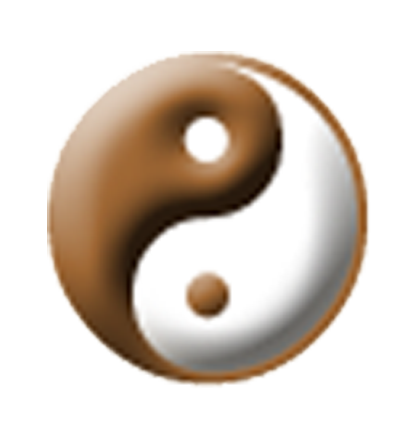Wudang Taijiquan
Wudang Taijiquan is the main component of the Wudang martial arts. It is an orthodox school of Chinese Gongfu. It is called an internal art because the actions demonstrate both strength and grace and the internal energy is combined with the external performance. It is singular in the martial arts field and has long enjoyed a great reputation.
Be relaxed, complete, prompt, and sudden
Wudang Taijiquan highly stresses the fullness of internal energy, breath, and spirit. The mind directs the breath which further activates the body for defense as well as attack. The eight criteria that Wudang Taijiquan stresses when playing are: lightness, easiness, roundness, evenness, flexibility, changeableness, steadiness and precision. The motto for practice is: Be relaxed, complete, prompt, and sudden. The intent continues even when the force goes out. The breath will still go through the body when your intent is complete.
Neither be overdone nor not enough
The peculiar principles of Wudang Taiji are to be hard and strong inside, round and smooth outside and to strike out quickly, so quickly the opponent does not notice. Force is exerted through stretching the body, especially the legs. Remain still if the opponent doesn’t move, but strike earlier if he starts. Force starts from the backbone. Even though the opponent starts first, gain the upper hand. Move like waves of the Yangzi River flowing to the ocean, one after another, never stopping. Distribute energy when moving, but collect it when stopping. The energy should neither be overdone nor not enough.
Bend or stretch by judging the opponent’s actions. Stretch as he is bending. If he is lengthening, contract. If he is contracting, lengthen. Lower if he is raising; raise if he is lowering. Meet the opponent with leaving, sticking, linking, and following. Be soft when he is hard. This is called leaving. Step back when he is attacking forward. This is called sticking. Quicken if he is quickening. This is called linking. Slow down if he is slowing. This is called following.
Neither too close nor too far away
There are many points to remember in application: Stand on the left to attack right; stand on the right to attack left. Keep a certain angle with the opponent. If one is against several, make arrays of three cai (heaven, earth, man) two yi (yin and yang), five elements (wood, metal, fire, water, earth), eight gua (directions/trigrams), nine gong (bagua plus the center) and so on. Whether to attack or to defend depends on the mind and the spirit. The mind and the spirit are followed by the seven fists (the hands, head, eyes, feet, hips, elbows, and knees). Don’t attempt to take more nor to take less. Neither stand too close, nor too far away.
Pressing, spinning, cutting, thrusting, and smashing downward are called the Five Elements. Stepping forward, stepping backward, elbowing, shouldering, back hip thrust, head thrust, side hip thrust, and sweeping are called the Eight Methods. There are also may hitting methods in all directions, such as front, behind, left, right, up, and down strikes.
Natural, relaxed, and quick
For each stroke and posture, the joints are in line with each other. The movements of the palms should be natural, relaxed, and quick. The fists and the feet should be flexible and changeable. The mind should be astute and the strikes should be ruthless. “As steady as a mountain when not moving; as quick as thunder when in action, leaving no time for one even to cover his ears.” The Classics say “Be as flexible and easy as cotton when contracting. while dodging, extending, shifting, jumping, and turning be like a dragon.” They also say “Contract like a cat and be soft like cotton, but shake the body like a tiger and be as hard as steel.” Move the body as a Changshan snake. The tail would respond if the head were hit; the head would respond if the tail were hit. If the middle section were hit, head and tail would both respond.
Push up, toss, tread, kick, and knock if the opponent is attacking from the upper part. Fence, wrestle, bisect, press, and push if he is attacking from the mid-part. If he is attacking from the lower part, immediately split, slice, chop, cut, burst and use hips, shoulders, and elbows to hit. In general, choose postures according to the opponent’s. Judge whether to attack or to defend by judging whether he is contracting or stretching. Step forward if he steps back; step back if he steps forward. Do not continue fighting but exert energy and overcome. The Classics say “Strive forward as soon as you grasp the chance. Do not withdraw merely because of your hesitation.”
Combine outside and inside
The purpose for practicing Wudang Taiji is not only for practical use but for maintaining health as well. Self practice and playing the forms are good for body building and character cultivating, thus to gain long life. But when applied to others, it is a real martial art. Whether to strike or to kick depends on the circumstance. The Classics say “Regard a man as grass. Attack him as if walking. Combine the outside actions and inside breathing. Assume your courage in this way and you will master this martial art.”
© 1991 Liu, Yuzeng; trans. Terri Morgan
